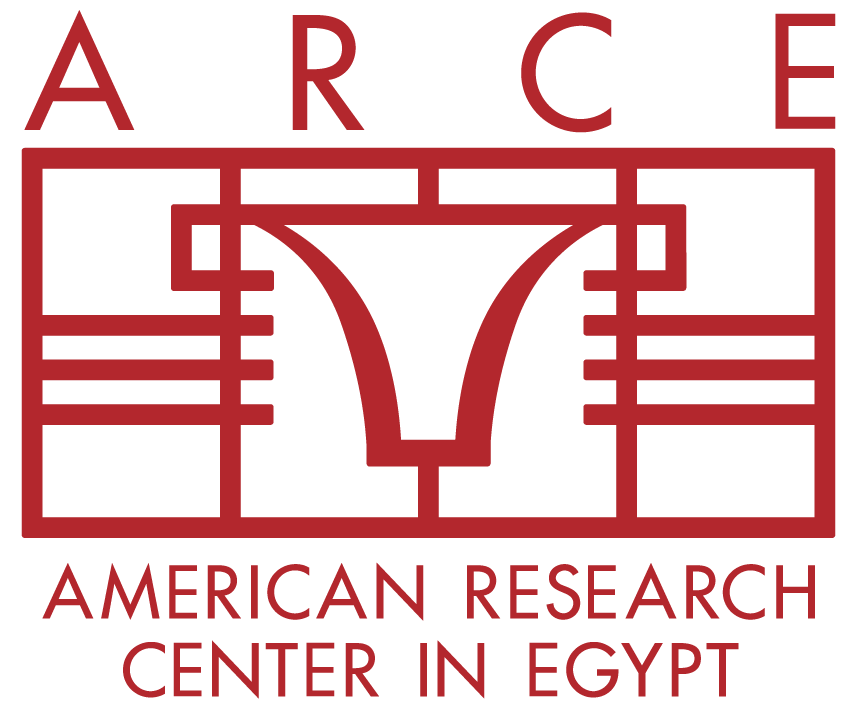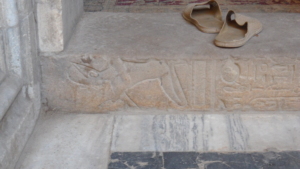
23
SepMembers Only: “Iconoclasm and Reuse: The Visual Culture of Islamic Egypt”
Registration is Required
Presented by: Dr. Richard McGregor
- 2:00 PM ET/9:00 PM EETNational
- Zoom
- + Add to Calendar
Lecture Information
 This presentation focuses on Pharaonic spolia, which were reused in Islamic religious architecture. Islamic interaction with the objects of previous religious cultures began in Arabia, where the earliest narratives dealt extensively with idols and iconoclasm. The association of spectral figures with Arabian idols and shrines is continued in Egypt around Pharaonic ruins. Medieval perspectives on the material ruins of ancient Egypt were varied. I show that Pharaonic monuments were not seen simply with rabid iconoclastic prejudice, but more typically through a wide range of aesthetic considerations: some believed hieroglyphs were an archive of valuable ancient sciences, others pointed to the artistic excellence displayed in Pharaonic design and painting – offering analysis largely reflecting Greek theories of beauty. Thus, medieval defenders often decried the acts of vandalism and destruction directed toward ancient monuments. The reuse of spolia was common in mosques, funerary buildings, and Sufi convents and shrines. In a dramatic reworking of the landscape however, many of these reused objects were removed in the 19th and early 20th centuries by colonial powers, seeking to recover what they saw as the pristine Islamic aesthetic. In a sad irony, by pulling many of these spolia out of mosques and shrines, in order to preserve them in the Egyptian Museum, the colonial administrations destroyed much of the record of an Islamic aesthetic, unique to medieval Egypt.
This presentation focuses on Pharaonic spolia, which were reused in Islamic religious architecture. Islamic interaction with the objects of previous religious cultures began in Arabia, where the earliest narratives dealt extensively with idols and iconoclasm. The association of spectral figures with Arabian idols and shrines is continued in Egypt around Pharaonic ruins. Medieval perspectives on the material ruins of ancient Egypt were varied. I show that Pharaonic monuments were not seen simply with rabid iconoclastic prejudice, but more typically through a wide range of aesthetic considerations: some believed hieroglyphs were an archive of valuable ancient sciences, others pointed to the artistic excellence displayed in Pharaonic design and painting – offering analysis largely reflecting Greek theories of beauty. Thus, medieval defenders often decried the acts of vandalism and destruction directed toward ancient monuments. The reuse of spolia was common in mosques, funerary buildings, and Sufi convents and shrines. In a dramatic reworking of the landscape however, many of these reused objects were removed in the 19th and early 20th centuries by colonial powers, seeking to recover what they saw as the pristine Islamic aesthetic. In a sad irony, by pulling many of these spolia out of mosques and shrines, in order to preserve them in the Egyptian Museum, the colonial administrations destroyed much of the record of an Islamic aesthetic, unique to medieval Egypt.
Speaker Bio

Richard McGregor is professor and chair of Religious Studies at Vanderbilt University. He completed his PhD in Islamic Studies at McGill university, and was a postdoctoral researcher at the Institut Français d’Archéologie Orientale in Cairo from 2001 to 2003. His primary field of research is medieval Egypt and Syria, with a focus on intellectual history, visual culture, and Sufism. His latest book, entitled Islam and the Devotional Object: Seeing Religion in Egypt and Syria (CUP, 2020), is a study of religious practice centered on objects, aesthetics, and material culture. His research in Egypt has been supported by the Fulbright foundation and the American Academy of Religion.